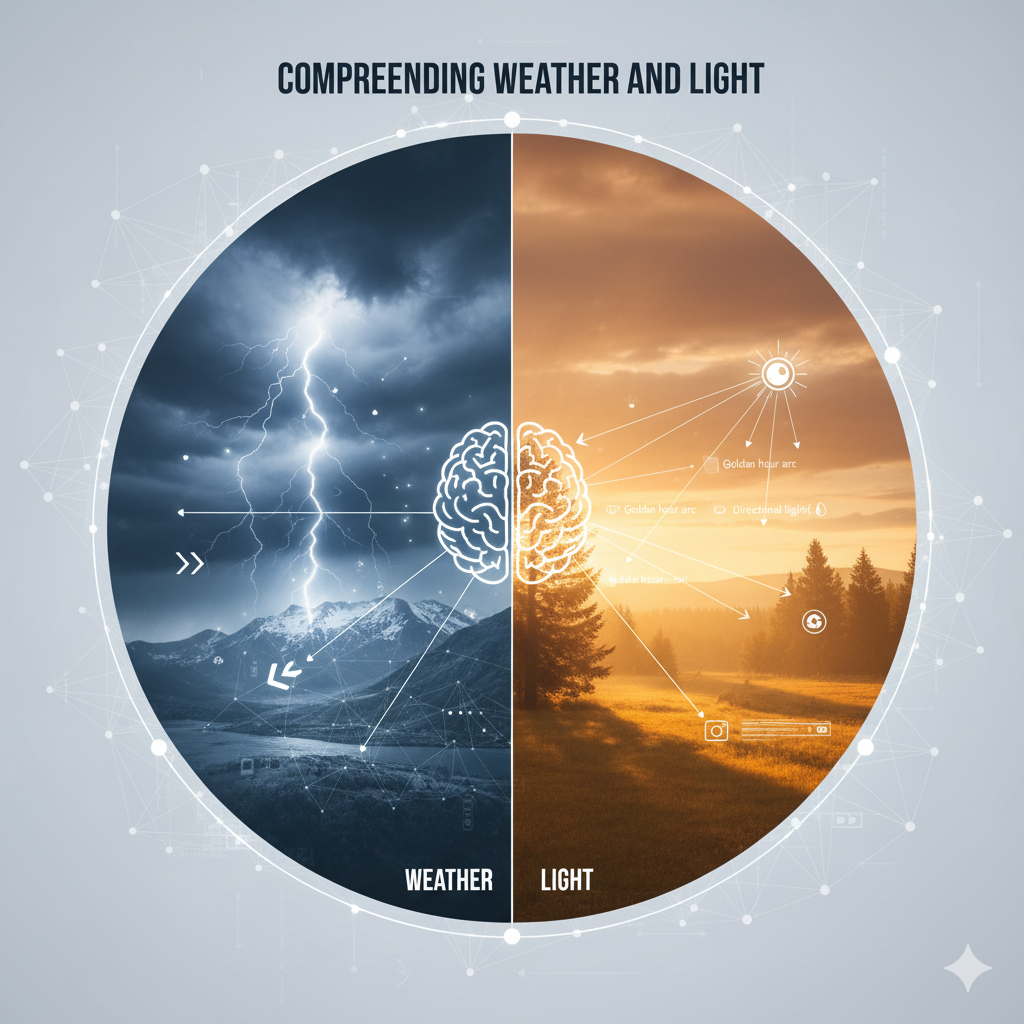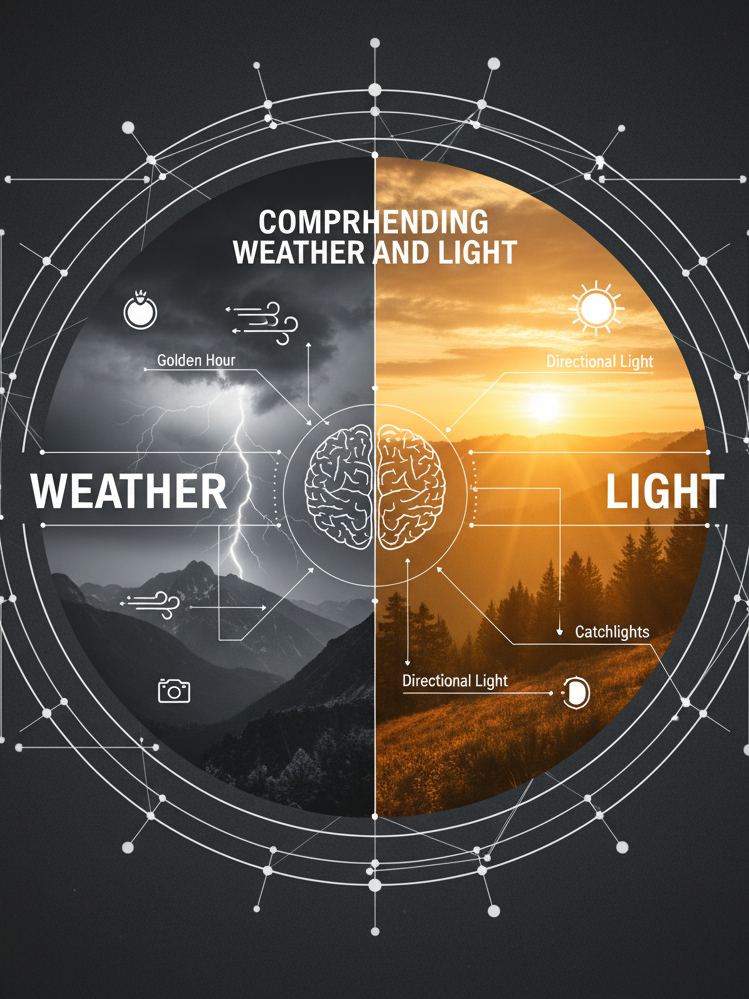Because it enables you to capture the world’s natural beauty, landscape photography is among the most fulfilling forms of photography. The objective is to produce pictures that arouse feelings and convey a narrative, whether you’re shooting cityscapes, beaches, mountains, or forests. Because of technical factors like lighting, composition, and camera settings, landscape photography may seem difficult to novices. But anyone can learn to take amazing pictures with the correct instruction and practice. To make sure your photos stand out, this guide will walk you through everything from the fundamentals to more complex techniques.
Gaining Knowledge of Landscape Photography
Capturing picturesque and natural settings is the main goal of landscape photography. It places more emphasis on light, depth, and space than on human subjects, in contrast to portrait photography. It is crucial to comprehend the fundamental ideas:
- Composition: The effectiveness of a photograph is determined by the arrangement of elements in a scene. A balanced and captivating image can be produced with the aid of strategies like framing, leading lines, and the rule of thirds.
- Lighting: The foundation of landscape photography is natural light. Warm, gentle light from the golden hours adds depth and vibrancy to colours. The scene is often flattened by harsh midday sunlight, which reduces its aesthetic appeal.
- Perspective: A landscape can seem more dynamic by selecting the ideal angle. While high angles capture expansive panoramic views, low angles can highlight foreground details.
Selecting Appropriate Equipment
Although practically any camera can produce quality landscape images, the following tools can greatly enhance your output:
- Camera: Flexibility and control over settings are offered by a DSLR or mirrorless camera. Even top-notch smartphone cameras can yield great results for novices.
- Lens: For photographing vast landscapes, wide-angle lenses work best. They improve depth and let you include more of the scene. For focussing on far-off details like mountains or wildlife, telephoto lenses are excellent.
- Tripod: When shooting long exposures or in low light, a tripod helps to stabilise your camera. It guarantees crisp, blur-free photos.
- Filters: Polarising filters improve colour saturation and lessen glare. For long-exposure photographs, like those of flowing rivers or smooth waterfalls, neutral density filters are helpful.
Getting the Hang of Camera Settings
It’s essential to comprehend your camera’s settings when taking landscape photos.
- Aperture: To keep more of the scene in focus, use a smaller aperture (higher f-number), such as f/8 to f/16. For landscapes where the background and foreground need to be crisp, this is crucial.
- Shutter Speed: A fast shutter speed captures motion, while a slow shutter speed creates smooth effects in water or clouds. Changing the shutter speed can bring drama and originality.
- ISO: To minimise noise and preserve image quality, keep the ISO low (100–400). In low light, a higher ISO might be necessary, but it can also make images less clear.
- Focus: To optimise depth of field, use manual focus or concentrate on a point around one-third of the scene.
Composition Methods
A strong composition separates ordinary photos from stunning ones. Important methods consist of:
- By dividing your image into nine sections and placing key subjects along these lines or where they cross, you can use the Rule of Thirds to create a composition that is harmonious.
- Leading Lines: The viewer’s eye can be led through the image by roads, rivers, or walkways.
- Foreground Interest: Your landscape gains depth and scale when you include objects in the foreground. Trees, flowers, or rocks can add interest to a scene.
- Symmetry and Patterns: Water’s natural reflections or patterns can produce eye-catching compositions.
Comprehending Weather and Light
Photography is all about light, and the weather and time of day have a big impact on landscapes:
- Golden Hour: Warm, gentle lighting in the early morning and late afternoon accentuates colours and textures.
- Blue Hour: Cool, gentle tones are produced for dramatic effects during the hour immediately before sunrise or after sunset.
- Weather and Clouds: Partially cloudy skies add interest with highlights and shadows, while overcast skies can create moody, diffused lighting.


Tips for Post-Processing
Editing is a vital part of landscape photography to bring out the best in your images:
- Colour Correction: To make colours appear natural, adjust the white balance.
- Clarity and Contrast: Bring out the details and make the picture stand out without going overboard.
- Cropping: Remove distracting elements to improve composition.
- Sharpening: To improve the textures of rocks, trees, or water, selectively sharpen specific areas.
Common Errors to Steer Clear of
Even seasoned photographers make errors. You can avoid frustration by being aware of them:
- ignoring foreground interest, which makes pictures appear flat.
- photographing in intense midday light, which distorts scenery.
- disregarding the horizon line, which can cause pictures to appear skewed.
- excessive editing, which can give photos an artificial appearance.
Practice and Improvement Advice
It takes perseverance and regular practice to get better at landscape photography:
- Investigate various settings and illumination levels.
- Learn composition and techniques by analysing expert landscape photographs.
- To determine what works best, try a few different settings.
- Get feedback on your work by sharing it, and keep improving.
In conclusion
landscape photography blends patience, inventiveness, and technical proficiency. Ordinary scenes can be turned into stunning photographs by using natural light, mastering composition, and comprehending camera settings. Keep in mind that every picture teaches you something new, so practice is key. Landscape photography will be simpler and more pleasurable if you follow these tips, regardless of your level of experience. You can photograph landscapes that genuinely inspire and tell a story if you put in the necessary time and effort.





